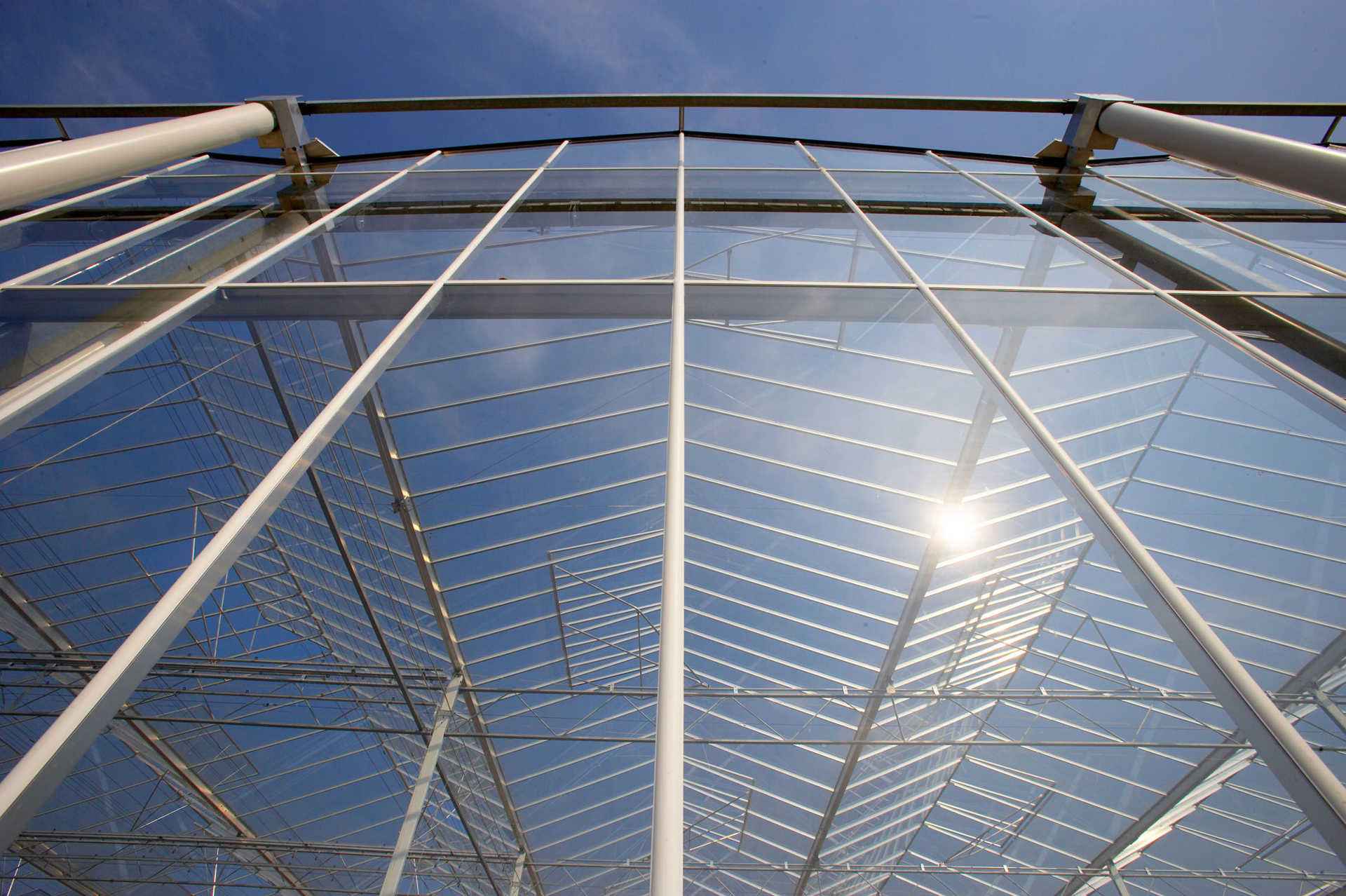Vapor Pressure Deficit (VPD)

Short definition
Vapor Pressure Deficit (VPD) in greenhouse contexts is the difference between saturation vapor pressure and the actual vapor pressure, expressed as a pressure (kPa). It is used to estimate transpiration potential and guide climate-control decisions.
Expanded definition
VPD is calculated as the difference between the saturation vapor pressure at a given temperature and the actual vapor pressure in the greenhouse air. In practice, growers can track air-based VPD to anticipate transpiration rates and stomatal conductance, while plant or leaf VPD requires leaf temperature measurements to reflect the leaf energy balance. VPD informs setpoint choices for ventilation, heating, humidification, and shading, and it interacts with CO2 enrichment and irrigation scheduling. It is not a direct energy input; rather, it modulates evapotranspiration by altering the gradient driving water loss, and its interpretation must consider diurnal cycles and crop-specific responses. Synonyms and abbreviations: VPD, vapour pressure deficit, vapour pressure difference, VPD-plant, leaf-to-air VPD, vapor pressure difference.
In Greenhouse Context
VPD sits at the core of greenhouse climate control because it links air temperature, humidity, and leaf energy balance to plant water loss. Growers distinguish air-based VPD, calculated from air temperature and relative humidity, from plant VPD, which requires leaf temperature measurements to reflect the leaf energy state. Accurate measurement relies on calibrated sensors for air temperature, relative humidity, and, when using plant VPD, leaf temperature, along with correct atmospheric pressure for psychrometric calculations. Practically, operators use psychrometric charts or online tools to translate readings into VPD values in kPa, and they adjust HVAC, shading, and irrigation accordingly. Managing VPD interacts with ventilation and heating to regulate humidity, with shading or supplemental lighting to influence radiation, and with irrigation practices to keep canopy and root-zone moisture in balance. Crop- and stage-specific VPD targets are widely described; for many greenhouse crops, daytime VPD windows around 0.3-1.5 kPa are considered favorable, while nighttime VPD below 0.2-0.3 kPa may invite leaf dew and condensation. Growers must balance VPD against photosynthetic demand, disease risk, and energy consumption. VPD is not a direct energy source; it moderates stomatal conductance and evapotranspiration, requiring coordinated control of HVAC, irrigation, CO2 enrichment, shading, and airflow. Plant VPD measurements add value for crops with strong leaf energy balance signals but require robust leaf-temperature sensing and careful sensor placement. The relationship between VPD and disease or postharvest outcomes is crop-specific and depends on microclimate history and leaf surface wetness.
Examples and/or use cases
Tomato greenhouse uses air-based VPD targets of 0.9-1.3 kPa during sunny days, adjusting fans and heaters to hold the range; a lettuce operation with leaf-temperature sensing times irrigation to align with moderate leaf VPD, aiming for consistent turgor and crisp leaves; at night, a condensation-risk scenario prompts raising air temperature or lowering RH to keep VPD above about 0.2-0.3 kPa, reducing leaf wetness; a cucumber house with CO2 enrichment adjusts ventilation and humidity to maintain a stable VPD window across varying radiation; a strawberry run uses VPD-driven scheduling to minimize excessive irrigation on high-humidity mornings.
Relevance
VPD sits at the intersection of psychrometrics, crop physiology, and practical climate control; it informs setpoints, algorithms, and diagnostics used in modern greenhouses. Accurate VPD calculation requires reliable sensors for air temperature, relative humidity, and when using plant VPD, leaf temperature; the inclusion of atmospheric pressure ensures correct saturation values. In practice, control systems treat VPD as a moderator of stomatal behavior and transpiration, balancing water use, nutrient transport, and heat dissipation under variable light, radiation, and CO2. Crop responses to VPD are highly cultivar- and stage-dependent, so blanket targets yield suboptimal results; growers calibrate windows through trials and extension guidelines. Psychrometric methods underpin setpoints, ventilator schedules, and humidification strategies; algorithms that couple VPD with radiation, CO2, and irrigation can reduce energy consumption while maintaining yield and quality. The main risks of mismanaging VPD include leaf condensation and fungal development at low VPD, increased water loss and leaf stress at high VPD, and tangled control signals when sensors drift or calibration is wrong. Practical takeaway: implement leaf-based VPD only when leaf temperature sensing is robust or rely on air-based VPD for simpler control, always validating targets against crop response, weather, and seasonality. The notes emphasize that VPD is a tool to support decision making, not a stand-alone energy driver; proper integration with climate targets, sensor fidelity, and crop physiology yields the best results for vigor, quality, and disease risk management. Sources — Online: https://extension.psu.edu/psychrometric-chart-use/; https://msu-prod.dotcmscloud.com/floriculture/uploads/files/Section%20_3.pdf; https://ceac.arizona.edu/sites/default/files/asae_-_heating_ventilating_and_cooling_greenhouses.pdf; https://www.controlledenvironments.org/wp-content/uploads/sites/6/2017/05/Greenhouse-Guidelines.pdf; https://pdhonline.com/courses/m135/m135content.pdf.